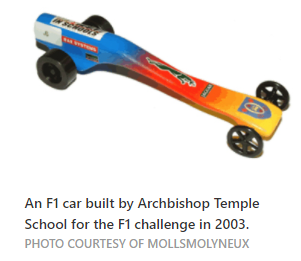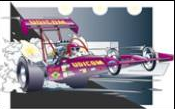This tutorial helps students to turn their side views of the CO2 Dragster into isometric (3D) drawings. Designers must be able to work with both types of views when quickly visualising and communicating using concept drawings. A basic grid is drawn in isometric and is used to construct the dragster in 3D.
 STEM Learning Activity – CO2 Dragsters
STEM Learning Activity – CO2 Dragsters
CO2 dragsters are cars used by miniature racing cars which are propelled by a carbon dioxide cartridge, pierced to start the release of the gas, and which race on a 20 metre track. They are frequently used to demonstrate mechanical principles such as mass, force, acceleration, or aerodynamics. Two hooks (eyelets or screw eyes) linked to a fishing line on the bottom of the car prevent the vehicle from losing control during launch. In a race, senors records the time taken to reach the end of the track. Often, the dragster is carved out of balsa wood because of its light weight.
In the Downloads section below you will also find resources to support the CO2 Dragsters Learning Activity.
Downloads
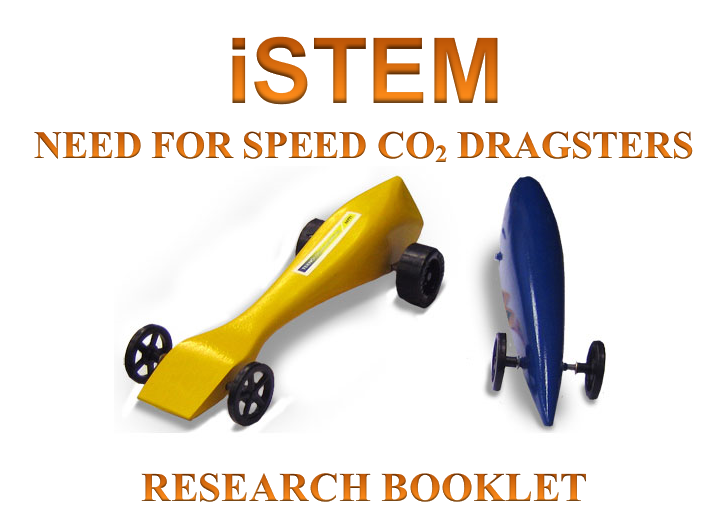
Sample CO2 Dragsters Research Folio
The iSTEM Need for Speed CO2 Dragster research portfolio was designed for Mandatory Technology, however, the resource can be easily adapted for an iSTEM Learning Activity.

Sample CO2 Dragsters E-Portfolio
The iSTEM Need for Speed CO2 Dragster e-portfolio was designed for Mandatory Technology, however, the resource can be easily adapted for an iSTEM Learning Activity.

Science of Speed Pre-Assessment
This unit is about aerodynamics and how it influences force, momentum, and speed. Share what you know about the science of speed.
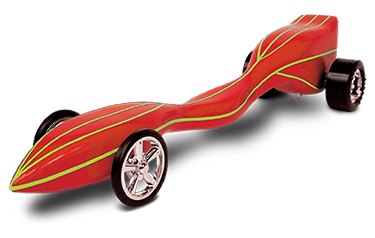
CO2 Dragster Design and Construction Notes for Students
Notes assembled by I B MCKENZIE Sept 2008 © brucenancy@xtra.co.nz www.co2dragsters.co.nz
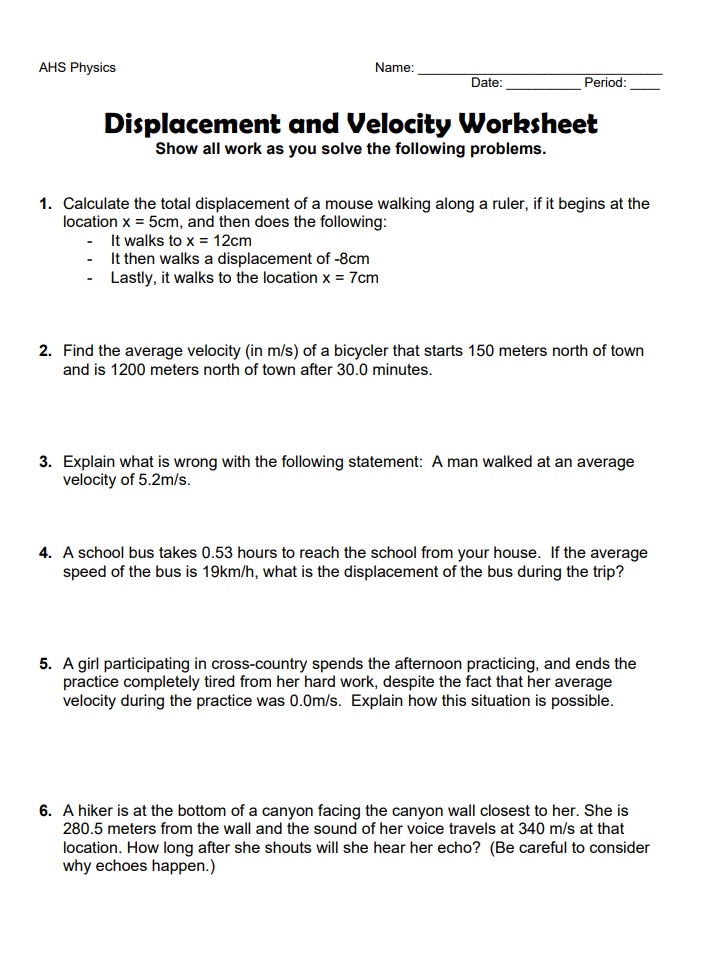
CO2 Dragster Displacement and Velocity Worksheet
Please do your best to complete the displacement and velocity worksheet. Good luck and feel free to research on the computer to help figure out the formula.

Sample Unit of Work - CO2 Dragsters St Philip's Christian College
Sample Unit of Work for CO2 Dragsters developed by St Philip's Christian College for the iSTEM course.
Videos
This tutorial helps students to turn their side views of the CO2 Dragster into isometric (3D) drawings. Designers must be able to work with both types of views when quickly visualising and communicating using concept drawings. A basic grid is drawn in isometric and is used to construct the dragster in 3D.
Links

The Science of Speed: How
Dan and Ray from Pitsco are here with the Science of Speed video series to talk about what is needed to do the CO2 dragster activity. You will learn the specific tools and knowledge needed in order to complete the design phases of this project.
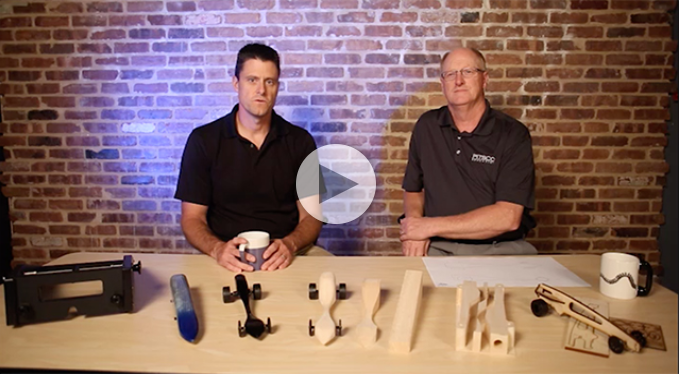
The Science of Speed: What is CO2 Racing?
The first in a three-part series, Dan and Ray from Pitsco explain the 'what' when it comes to the basics of CO2 racing.

The Science of Speed: Why
Dan and Ray from Pitsco are here with the Science of Speed video series to talk about the benefits of the STEM activity of CO2 drag racing. It is not just for fun but is also a good activity for learning STEM concepts and it provides students with the opportunity to experience the engineering process

The Math and Physics of CO2 Dragsters
The Math and Physics of CO2 Dragsters from http://www.co2dragsters.co.nz

ME Program Endorsed Pitsco Dragster Classroom Kit
Dragsters are an exciting method to teach metrics and the design process. This Kit provides the key components and resources for you to facilitate the ultimate Dragster program at your school. An illustrated, self-directed student workbook holds the students' attention as they learn step-by-step automotive-design processes. The kit includes everything you require to craft 50 Balsa Wood CO2 Dragsters including the CO2 cartridges and student workbooks plus an array of teaching resources and 4 Dragster paint stands. Assembly requires a drill, coping saw, wood file or rasp, ruler, scissors, finish, and a race system (not included).

CO2 Dragster (D-Type) Balsa Blanks from Envisage
CO2 Dragster (D-Type) Balsa Blanks. Drilled canister hole and slot. Wedge shape block.

